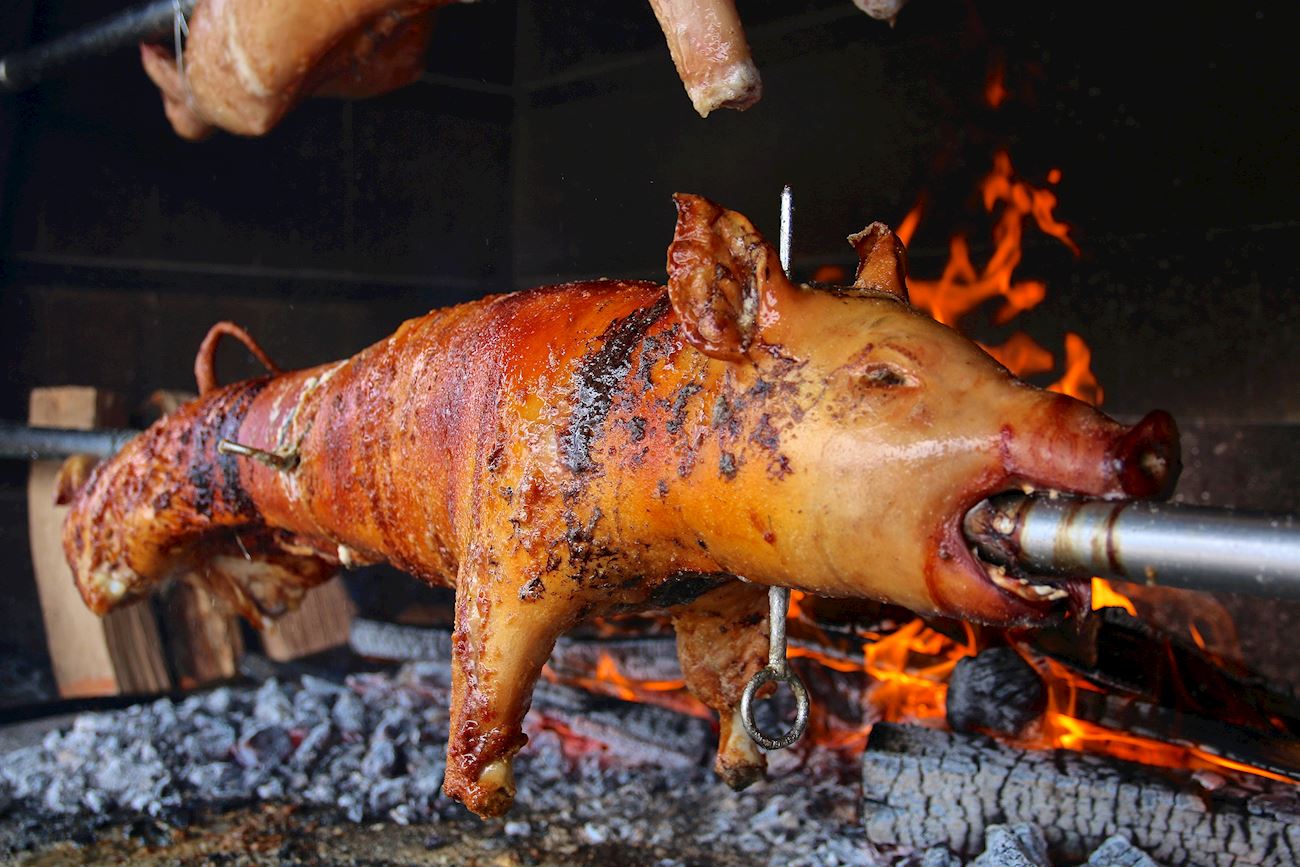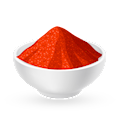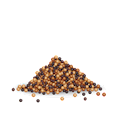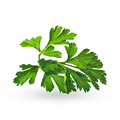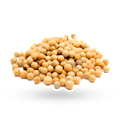MAIN INGREDIENTS
Weisswurst or white sausage is a famous specialty of the city of Munich, invented in 1857 by a butcher named Sepp Moser. He was working in a restaurant next to his butcher's shop and had used the last of thick sausage skins used to make regular sausages.
To solve the problem, he opted for thin skins. As he made the sausage, he was worried that it would burst open during the frying process, so he put them in hot water and cooked them for 10 minutes. After serving the cooked sausages to the guests, the new dish was praised, and Weisswurst was born.
MOST ICONIC Weißwürste
View moreMAIN INGREDIENTS
Spanferkel is the German version of roasted suckling pig. Whether it is prepared cut or whole, the piglet is usually roasted in the oven or on a spit, and comes in numerous regional varieties that are often smothered in oil or butter, stuffed, then seasoned or rubbed with spices.
In Germany, suckling pig is traditionally associated with festive and special occasions and is usually accompanied by a sauce made from meat drippings, or various vegetables and salads.
MOST ICONIC Spanferkel
View moreMAIN INGREDIENTS
Considered an iconic symbol of Germany, the pretzel is a type of traditional baked good that is made by combining flour, salt, malt, yeast, and water. The resulting dough is then shaped into a well-known knotted shape of a pretzel before it is baked.
Pretzels are often dipped in a lye solution (natronlauge in German) before they are baked, and then they are called laugenbrezel, a Bavarian-style pretzel distinguished by a nice, brown, and crispy exterior that surrounds the soft interior.
VARIATIONS OF Brezel
This traditional Bavarian pretzel is shaped to symbolize two arms folded for prayer, and they are available in different versions and sizes, usually topped with a sprinkling with coarse salt. Their crust is thin, dark brown, shiny, and has a cracked surface after baking.
The dough, however, is juicy, tender, and light in color. As opposed to Swabian pretzels, Bavarian pretzels are thicker and not sliced lengthwise in the middle. Local differences can be recognized by their various forms. The Bavarian pretzel is a vital part of Bavarian snack culture, and it is especially delicious when buttered or paired with cheese.
MAIN INGREDIENTS
The term Schweinshaxe is typically used in the southern parts of Germany, predominantly in Bavaria, and it usually refers to a whole pork knuckle that is roasted for hours until it is thoroughly cooked and the skin becomes golden brown and crispy. Pork knuckles are a staple in traditional German cuisine, and they come with various names such as hachse, haxe, haxn, knöchla, hechse, hämmchen, and bötel, mainly depending on the region and a slightly different preparation process.
Eisbein is the northern version of the dish that is typically cured or pickled and then boiled. Though it is commonly found in restaurants throughout the country and the region, Schweinshaxe is a quintessential dish at the popular folk festival Oktoberfest.
MAIN INGREDIENTS
Schweinebraten is a traditional pork roast originating from Bavaria. It is typically prepared for Sunday lunch and consists of sliced pork roast that's served with homemade gravy, semmelknödel (bread dumplings) or potato dumplings, and either sauerkraut or rotkohl (red cabbage).
When properly prepared, the meat should be succulent and very tender. The best part of pork to use for this dish is boneless pork shoulder. Before the preparation, pork is often rubbed with mustard, marjoram, or minced garlic, giving it a bit of extra flavor.
MAIN INGREDIENTS
What was once an item for survival during the cold winter months and a technique of not wasting meat scraps is nowadays a delicacy consumed throughout Germany and abroad. Bratwurst stems from two words, an Old High German word brat, meaning meat without waste, and wurst, which means sausage.
Bratwurst has origins with the Celtics, but the Franconians developed it further. It dates back to the 1300s in a region that would eventually become Eastern Germany. Bratwurst is usually consumed for breakfast, due to the tradition of farmers who would make the sausages in the morning and eat them by noon, as they would otherwise spoil.
VARIATIONS OF Bratwurst
Semmelknödel are popular German bread dumplings–nutritious and convenient, they are one of the most versatile side dishes in traditional German cuisine. Even though there are numerous semmelknödel varieties, which come in various sizes, they all have a recognizable round form and employ bread as the base ingredient.
Sliced or diced bread pieces, which can be fried in oil, are usually soaked in plain milk to soften, then mixed with eggs to form a pliable, soft base. Since they are incredibly neutral on their own, bread dumplings are usually mixed with different spices and additional ingredients to form a myriad of flavorful varieties.
VARIATIONS OF Semmelknödel
Stollen is one of German Christmas classics. This rich fruit bread is prepared with a buttery and sweet yeast dough that is usually spiced, lemon-flavored, and enriched with various dried fruits and marzipan. Though it may appear in different forms, it is usually oblong and covered with generous amounts of melted butter and powdered sugar.
Among the different varieties, Dresdner stollen is considered as the oldest and the most popular version, whose origins date back to the 15th century. Originally, stollen was plain and prepared only with flour, yeast, and oil, and it was only in 1490, when the Pope Innocent VIII lifted the ban on baking with butter during Advent, that the stollen started to develop into a dense and rich cake that is known today.
VARIATIONS OF Stollen
MAIN INGREDIENTS
Käsespätzle is a simple noodle dish that combines spätzle noodles with a creamy mixture of melted cheese. The noodles are also called knöpfle, meaning little buttons, and are made with eggs, flour, milk or water, and seasonings such as salt, pepper and (sometimes) nutmeg, while käse refers to the melted cheese mixture, which is usually a combination of two or more types of cheese such as Edam, Gouda, Fontina, Gruyère, Appenzeller, or Emmental cheese.
The noodle mixture is typically pressed through a specially designed spoon or colander directly into boiling salted water and cooked until done before it is mixed with the melted cheese. Also referred to as käsknöpfle, the dish is typically enjoyed with additional grated cheese and caramelized onions on top, and typical accompaniments include apple sauce, potato salad, and fresh green salads.
